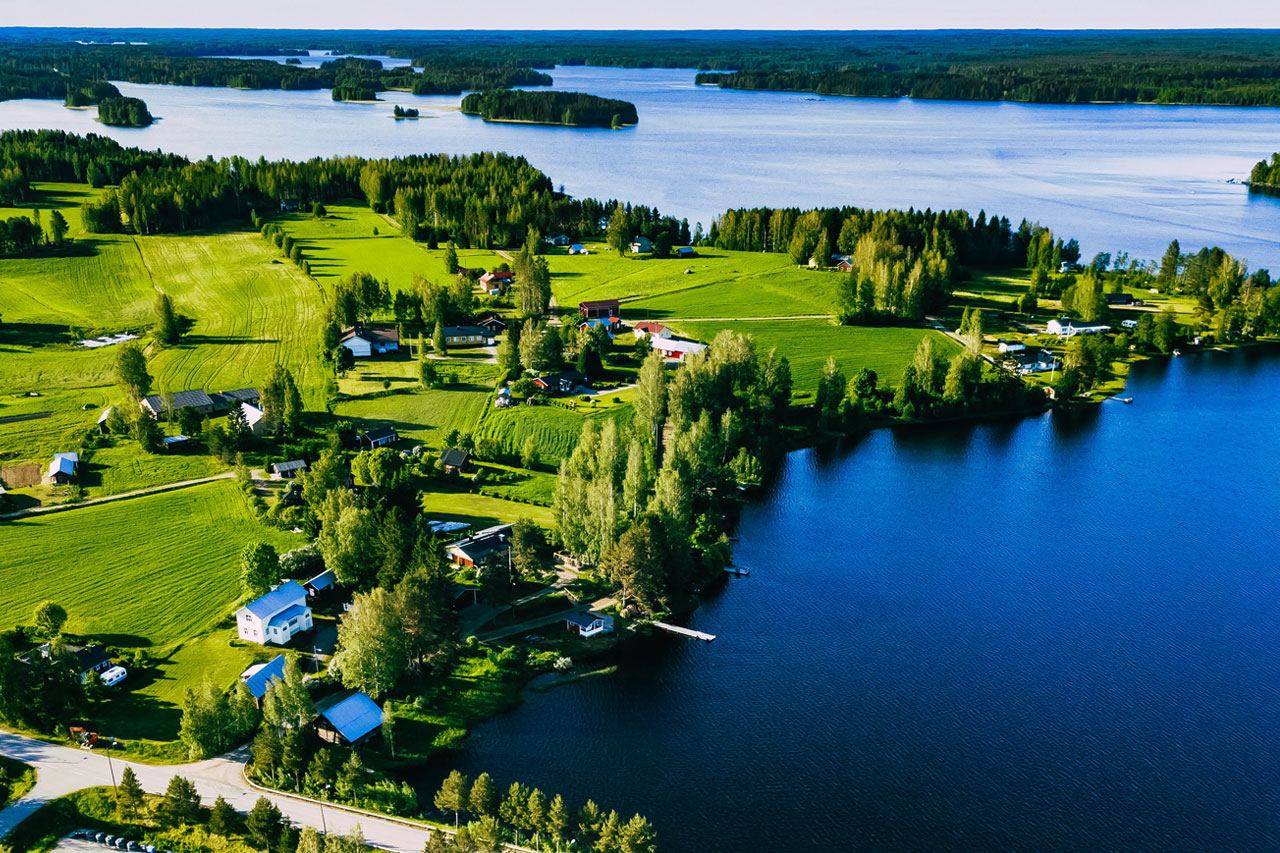Published on: 28.10.2019
Information produced by Finnish Environment Institute
Wastewaters in sparsely populated areas

Around one out of ten Finnish people live in sparsely populated areas not served by sewer networks, but properties in these areas are today also required to treat their wastewaters.
In rural areas, wastewaters used to be released into the environment through septic tanks which did little or nothing to clean the waters. The harms were exacerbated as flushable toilets became more common: wastewaters contaminated both groundwater and local shore and coastal waters.
Under the Environmental Protection Act, properties in sparsely populated areas are nowadays required to treat their wastewaters more effectively to protect residents’ health and the local environment. The aims of this act also include reducing the overall influx of pollutants in waters from sparsely populated areas.
The easiest way of solving the problem of wastewater treatment is joining the sewer network where it is available. If the property only produces a very low volume of wastewater which does not include toilet waste, it can be infiltrated into the ground. An example of this is an unsophisticated holiday home which has a composting toilet and no running water. All other properties must have a system for handling their wastewaters, either a cesspit that is emptied regularly or a treatment system that meets the legal requirements.
The renovation of the wastewater system can be put off in properties located at a distance of over one hundred metres from rivers, lakes and the sea and away from groundwater areas. In this case, the system must be made compliant with the current requirements the next time renovations requiring a building permit are carried out.
Image: iStockphoto